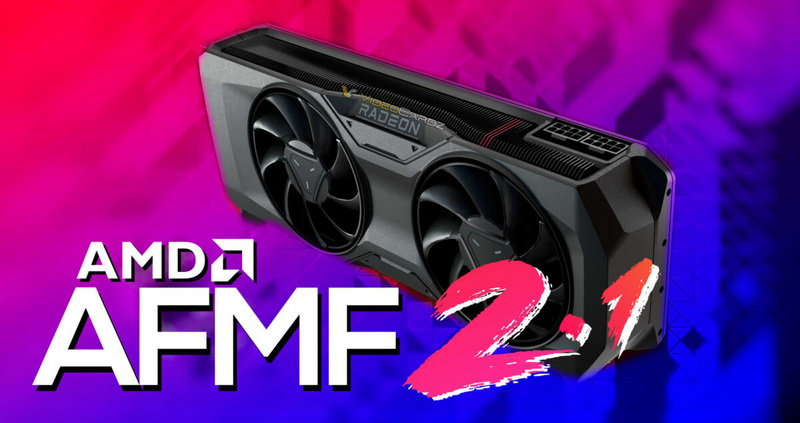AMD is preparing to release a new version of its technology for generating additional frames in games – AMD Fluid Motion Frames (AFMF) 2.1. It is part of the AMD HYPR-RX technology stack, which is included in the Radeon driver and is designed to improve performance in games by simultaneously enabling image scaling and frame generation functions.

Image source: VideoCardz
AMD Fluid Motion Frames technology does not require integration into games, as it works at the driver level. Users can independently choose which game to use AFMF for. The disadvantage of the technology is scaling and the use of interlaced scanning for the entire frame, including elements of the game menu and user interface, which can reduce the quality of their display.
AMD Fluid Motion Frames is gaining popularity among users who find it especially useful for older games that don’t plan on implementing other FPS-boosting technologies. Last October, AMD released AFMF 2.0, adding support for OpenGL and Vulkan games, which was missing from the previous version. AFMF 2.0 also introduced performance and in-game latency profiles, improved windowed frameless mode, and optimized the technology’s performance in fast-paced game scenes.
With the release of the GeForce RTX 50-series graphics cards, Nvidia introduced Smooth Motion technology, which performs a similar function to AFMF, but only works on GeForce graphics cards. Both technologies operate at the driver level and are not compatible with graphics cards from other manufacturers.
«AMD is developing AFMF 2.1, which is expected to be released with the Radeon RX 9070 series of graphics cards as part of an update to the HYPR-RX technology stack. The company confirmed to the press that AFMF 2.1 will improve the quality of the generated frames,” writes VideoCardz.
According to available information, AFMF 2.1 does not use tensor or AI cores to operate and will be supported by the same hardware as AFMF 2.0.